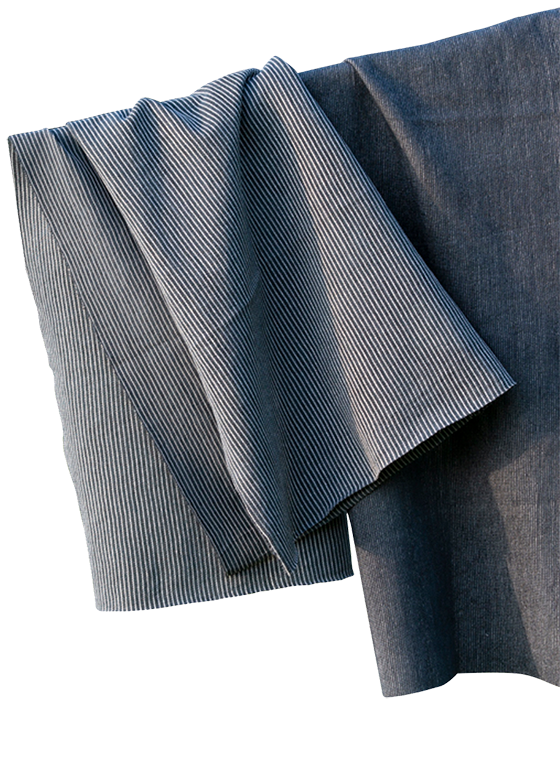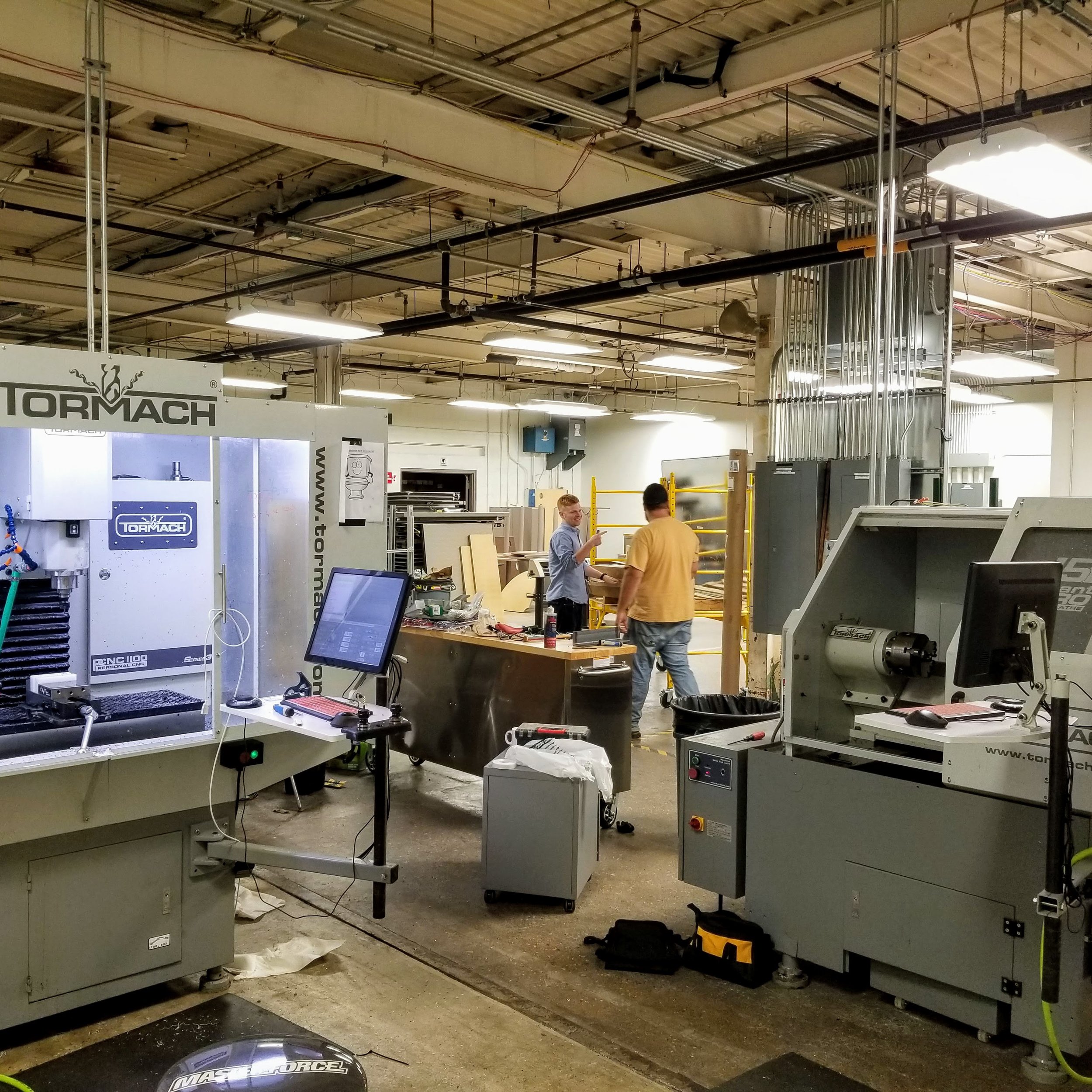S03 Episode 124 | NATURAL FIBER WELDING
In episode 124, Kestrel welcomes Luke Haverhals, the founder and CEO of Natural Fiber Welding, to the show. An analytical chemist, materials scientist and entrepreneur, Luke is working to produce sustainable, high performance materials for a variety of applications with his team at Natural Fiber Welding.
"We're doing something really important for the world which is to basically unleash the abundance of nature and what nature produces at scale (that's very high performance), and being able to convert those materials very simply and very cost-effectively into the things that we need to have high quality and standards of living that are sustainable and renewable."
-Luke Haverhals, CEO + Founder of Natural Fiber Welding
NATURAL FIBER WELDING
In this episode, Luke shares more of his backstory, and how growing up on a farm in the Midwest helped him understand some of the processes behind the creation of things - whether it was food or other materials. He also explains how his research / the early developments of Natural Fiber Welding evolved out of his work at the Department of Defense.
Additionally, Luke helps break down a bit more of the chemistry and science behind the Natural Fiber Welding closed loop system process.
Kestrel addresses an issue she has seen quite a bit recently in the innovative materials space - in that younger, smaller brands often aren't able to access these new fabrics, either due to minimums or requirements for large financial investments. Luke explains how he and Natural Fiber Welding are doing things differently - due to the way they have built an efficient, scalable system, they feel confident working with both smaller and larger brands.
The below thoughts, ideas + organizations were brought up in this chat:
Paul Truelove, Researcher who Luke worked for and with at the U.S. Naval Academy
Bradley University, where Luke has worked as a Chemistry Professor
"If you consider what nature is really good at making in abundance, it's fiber. So, photosynthesis and plants - you can think about it as an amazing nanorobot technology that produces all sorts of wonderful materials of various physical and chemical processes. But, it's fiber that the world is good at."
"Cellulose is the most abundant material that's produced by photosynthesis - something approaching 100 gigatons of cellulose are produced each year by life processes on the planet - it dwarfs the amount of abundance that mankind really needs in order to live well."
Intermolecular forces: nature's sort of glue that holds polymer to polymer; the important one to know about is called hydrogen bonding.
Hydrogen bonding: this electrostatic attraction that takes one polymer and holds it to all of its neighbors even though the individual molecules are not connected to each other through covalent bonding - they're connected by this intermolecular force.
"The fiber welding process is a chemistry process that's a closed loop process that imparts a physical change to fiber, connects fibers in ways that they normally wouldn't be connected, and it's 100% natural when it's all done, and you reclaim the chemistry that you enabled the physical change with, and use it again and again. You get something that starts off as fibers as a loose pile, and now those fibers become a 3-dimensional part for your furniture. Or what we do in the textile world is we can take yarns that are made from cotton and especially upcycled cotton (where the fiber is short and the yarns that are made from second-use cotton are not strong enough or very fine), to make really high end performance fabrics. We can take those fibers and we can make yarns that are very strong and fine, and therefore, you can make performance fabrics from cottons that have already been used once."
Steelcase x Natural Fiber Welding Collaboration, in which they strengthened recycled denim to produce tabletops entirely out of used jeans
"You can integrate other things that you do along the way to make the textile - all into one process that ends up actually creating a better performing thing - like color that doesn't fade and wash out."
"Because automation is changing the world, and we're sort of making sure our process as we think about it - we're on the forefront on the technology side, making sure we can liberate it for everybody - not just a few."
ARTICLE RECOMMENDATION
"Sustainable Fashion Only Works When It's Inclusive: When talking about sustainability, we must address the elephant in the room."
By prioritizing listening, learning and collaboration with minorities, Native and Indigenous people, and developing countries, we can lead with innovative and collaborative solutions that can impact millions. When we don’t prioritize diversity and inclusion we tend to miss on the richness of this exchange and how it can foster meaningful change. How can we learn from low income families about reducing and reusing, the two more important of the three R’s that are arguably the foundation of the sustainable movement. How can Indigenous nations shape the conversation around the circular economy and green energy? -Celine Semaan
Check out Celine's article on Elle here >
Thanks for listening! Subscribe, download, and leave a review for Conscious Chatter on iTunes if you get a chance. I big time appreciate your support! <3 Kestrel







